The Secrets For Making an Irresistibly Good Pot of Tea
TEATIME NOTES
Find tips, recipes, and articles to increase your delight and enjoyment of tea.
The Secrets For Making an Irresistibly Good Pot of Tea
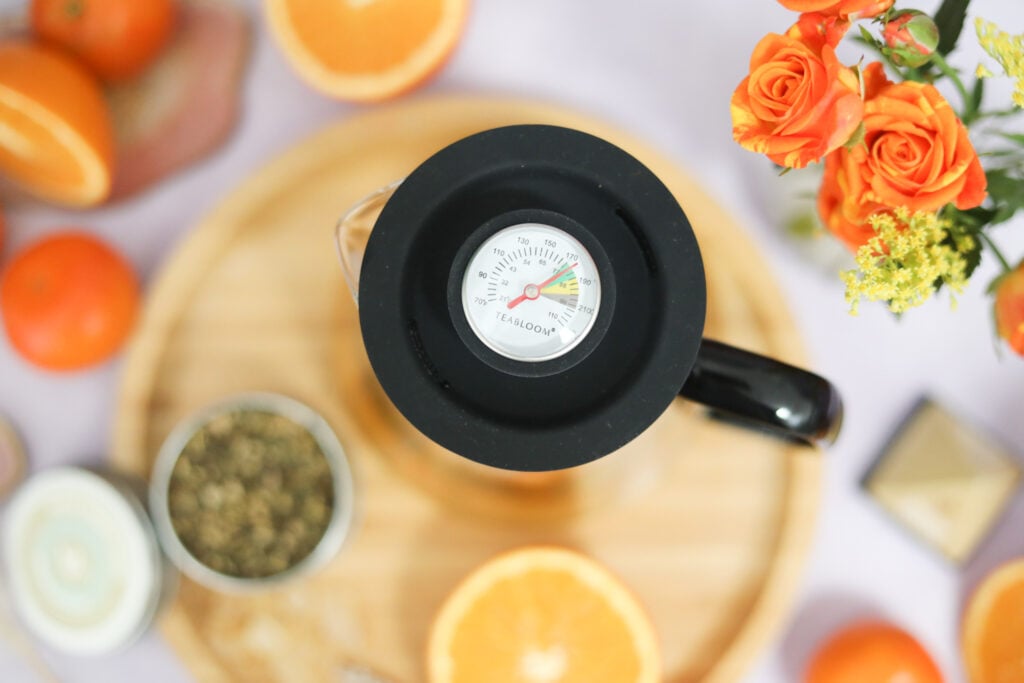
5 Important Factors that Make Your Tea Taste Dreadful
Are you doing everything you can to make sure you’re enjoying your tea the way it was meant to be enjoyed? Tea is sensitive and small differences can make your tea taste incredible or make it undrinkable.
Are you making your tea the right way? You might be steeping your tea wrong and maybe you’ve never even tasted the true flavor of your tea.
Are you using the right tools? Your teaware might change the flavor of your tea — or maybe even contaminate your tea.
All you know is your tea tastes “off” — If you’re using a quality tea and it still doesn’t taste right, you’re probably overlooking one of these five crucial factors when you make your tea. To make a great-tasting pot of tea, follow these essential steps — otherwise, your tea might fall short of satisfying.
- The Temperature of Your Water
It’s crucial that you steep your tea at the proper temperature otherwise your tea will be tasteless or undrinkable. Green, white, oolong, and black teas steep at different water temperatures. The perfect temperature will bring out the best of each tea so you can enjoy every cup to the fullest.
Green tea is not oxidized and the tea leaves are very delicate. This means that green tea can’t be made using extremely hot water otherwise you will burn the leaves which can cause a loss of flavor or a bitter taste. On the other hand, black tea is heavily oxidized and requires hot boiling water in order to release its delicious characteristics.
It’s also good practice to temper your tea vessel and warm it up with hot water before you steep your tea. If you pour hot water into a teapot that hasn’t been warmed up, you risk cooling down your water and under-steeping your tea.
To temper your teapot, pour a decent cup of water into the teapot. Swish the water around to warm up the inside and sides of the pot. Immediately empty the water before filling your teapot with your tea leaves and hot water. Tempering your teapot will ensure that your tea steeps at a reasonable temperature as soon as the water and leaves meet.
- The Amount of Tea Leaves
The amount of tea leaves you use also has a huge effect on the length of your steeping time — it can also change the flavor of your tea a lot. If you use more leaves, your tea might steep faster and might require fewer minutes in the hot water.
The shape and density of your tea leaves matter. Some tea leaves are long and curled, and some are taught — maybe even rolled into pearls. Sometimes scooping your tea with a spoon might not be as accurate and consistent as you need. In cases where precision is key, you may want to consider weighing your tea leaves, instead.
- The Steeping Time
Not all teas steep for the same amount of time. Some teas steep for three minutes and other teas can steep for much longer. Sometimes the steeping time is based on personal preference, especially with stronger teas — You might enjoy a hearty pot of black tea, and choose to keep your tea leaves inside your teapot until the final cup.
But many green, white, and oolong teas taste better when the leaves are removed at the proper time. If you steep these types of teas for too long you might taste an overwhelming bitterness and miss out on the true delicacy and rounded flavor of your tea.
It’s always a good idea to check the labels of your tea to find out how many minutes the ideal steeping time is. But, keep in mind that these times are a guide. Don’t be afraid to experiment with steeping times.
You can even use a steeping timer to help you keep track of steeping times. Try steeping your tea for more or less than what’s recommended. Ultimately, it comes down to your own taste and preference.
Using a removable tea infuser for your teapot or cup of tea is ideal. An infuser allows you to control how long the tea leaves stay in the water, which means you can enjoy a consistent and fabulous helping of perfectly steeped tea, every time.
- The Material and Quality of Your Teaware
Did you know that the material your teaware has a huge impact on the flavor of your tea? Metallic, porcelain and stone teaware may change the flavor of your tea.
You might not be aware of the porcelain or metal flavors that steep into your tea. More important, you might not consider the harmful chemicals — like cadmium and lead — that can leach into your tea. They might affect not only the flavor of your tea but your health.
The cleanest material you can use for your teapot is borosilicate glass. It’s non-porous and pure so it won’t leach harmful chemicals into your tea. Unlike other teaware, you can enjoy all different kinds of tea in a single borosilicate glass teapot because this material doesn’t stain or carry the lingering flavor from other teas.
- The Water You Use for Tea
The water you use might have the greatest impact on the flavor of your tea. You can own the world’s purest borosilicate glass teapot, use high-quality tea, and analyze each tea leaf — but, if you don't use the right water, your tea will always taste wrong or bad.
Do you ever wonder why your tea seems to taste so delightful at your local tea house, but when you enjoy the same tea at home it tastes bitter, acidic, or weak? It’s likely due to the kind of water you use.
Everything from the freshness of your water to the density of minerals, or even the pipes where your water comes from has an influence on your tea. Studies have shown that the best water to use for tea has a neutral Ph balance and a good amount of minerals to enhance the natural flavors of tea.
In our latest blog post, you can learn more about four types of water and which water you should use for your tea — and what kind of water you should never use for your tea.
Perfect Your Tea-Making Process
If you love tea you want to make sure you can enjoy all of its flavor to the fullest. And while that might start with quality tea, it’s also perfected in the process — essential elements like teaware and water make a huge difference in the flavor of your tea.
At Teabloom, you will find teas and teaware that elevate your tea experience. Taste the balanced flavors in single-origin organic teas and rare teas from around the globe. Indulge in the largest selection of handcrafted borosilicate glass teaware that brings out the purest character of your best teas.
Perfect your tea and shop with Teabloom, today.

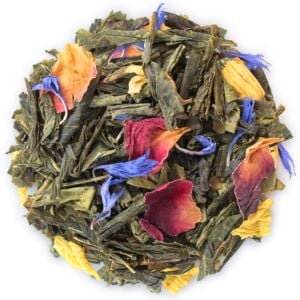

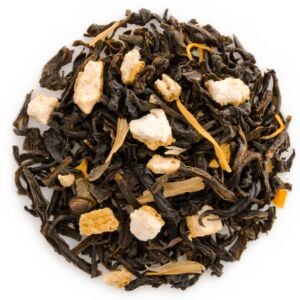
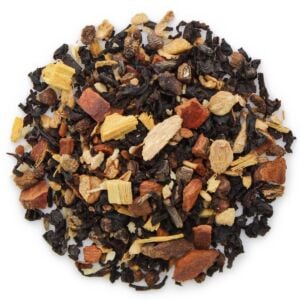
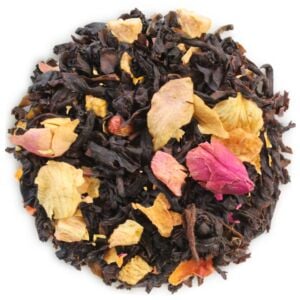
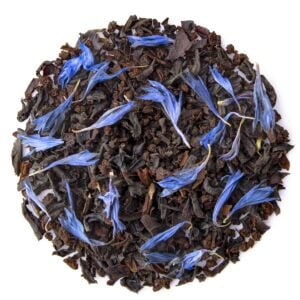
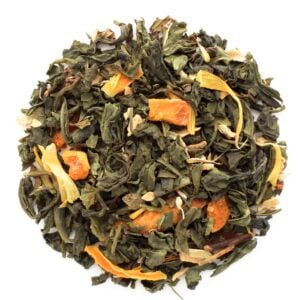
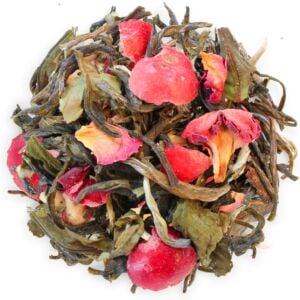
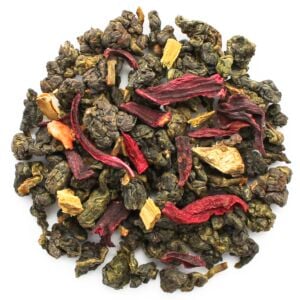

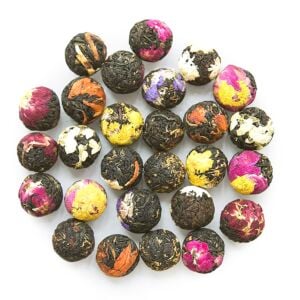


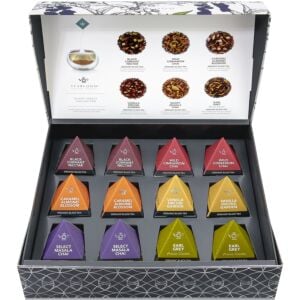
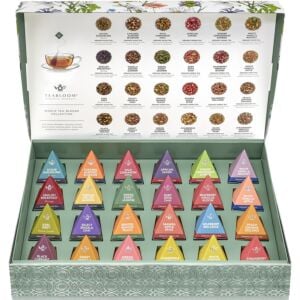

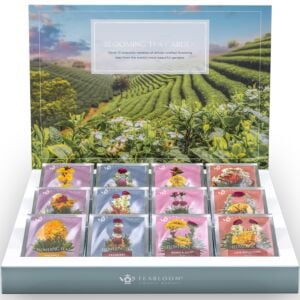
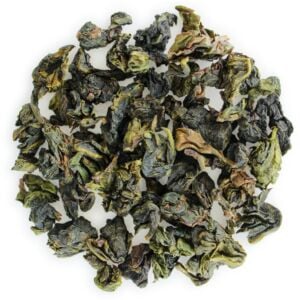
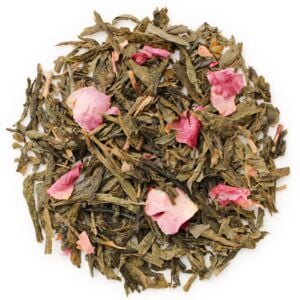
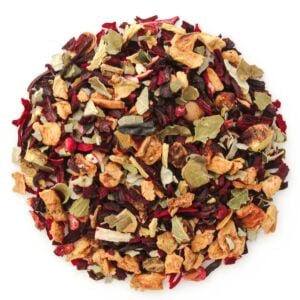
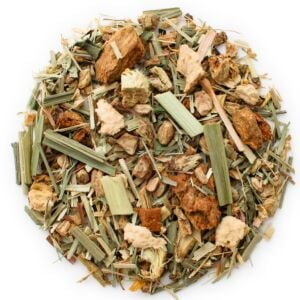
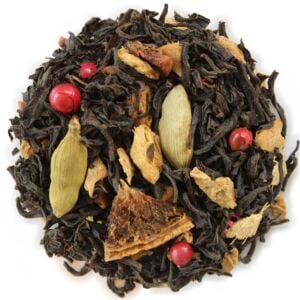
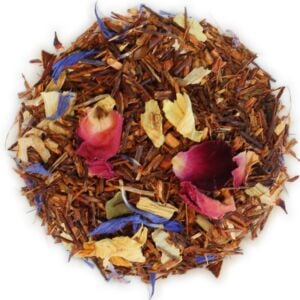
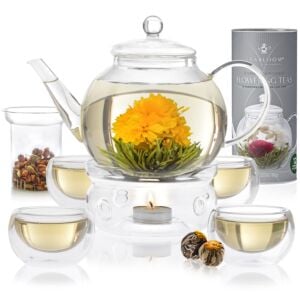
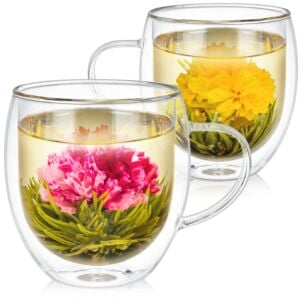
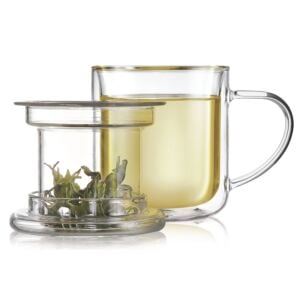
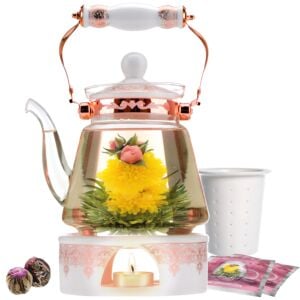
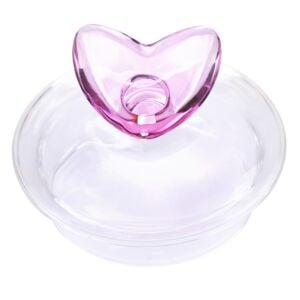
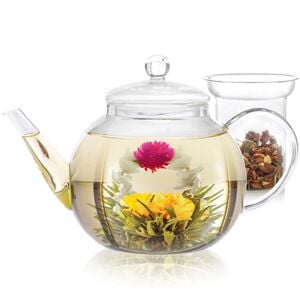
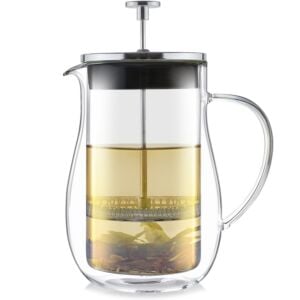
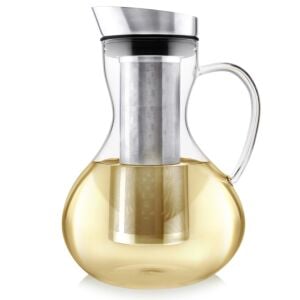
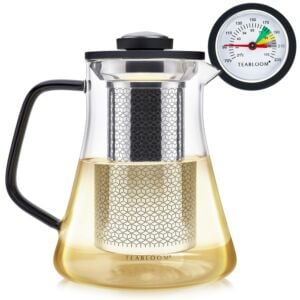
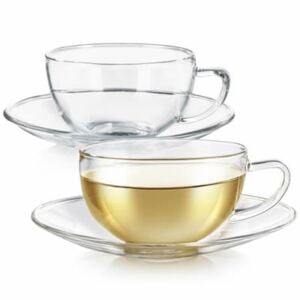
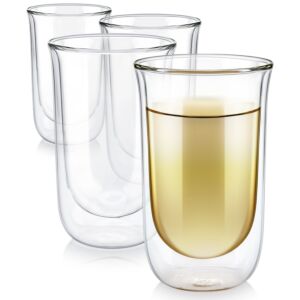
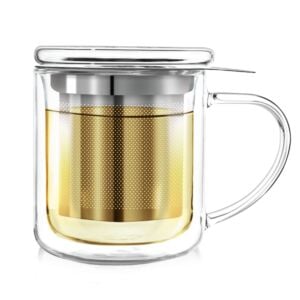
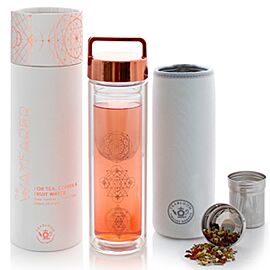

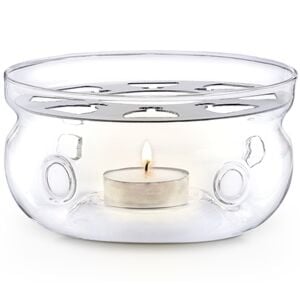
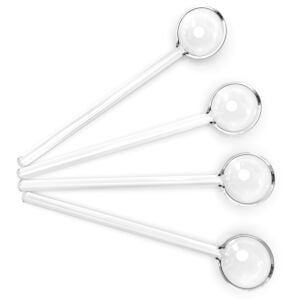
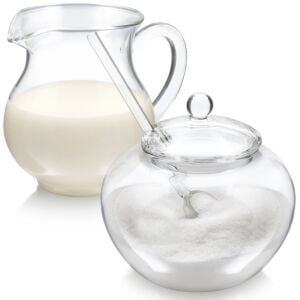
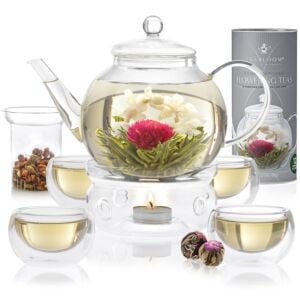
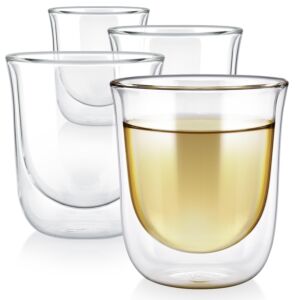
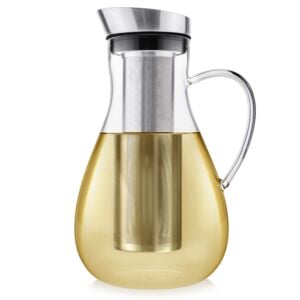
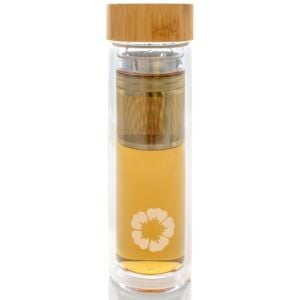
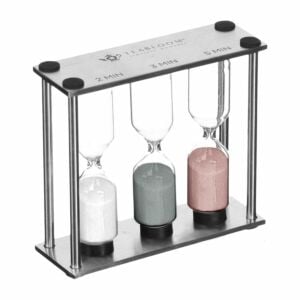
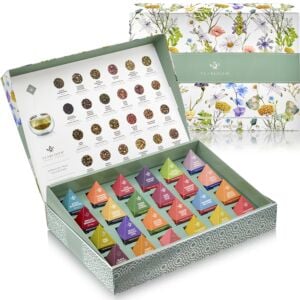
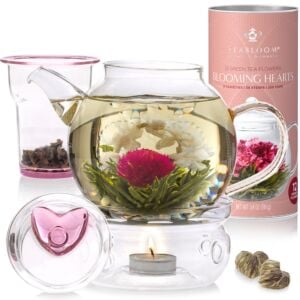
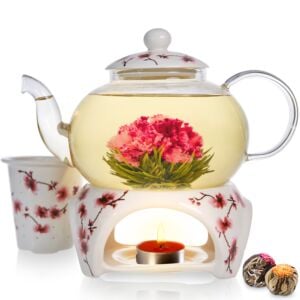
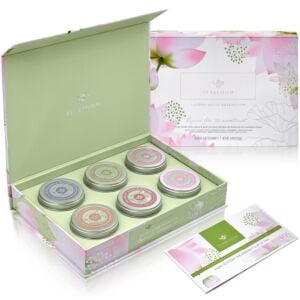
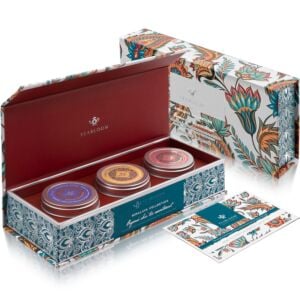
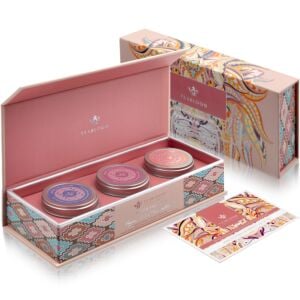



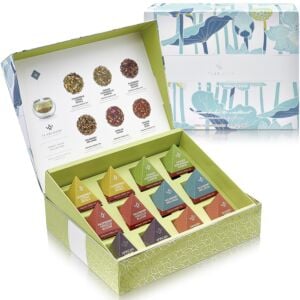
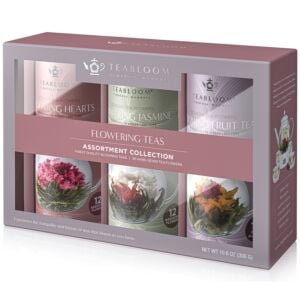

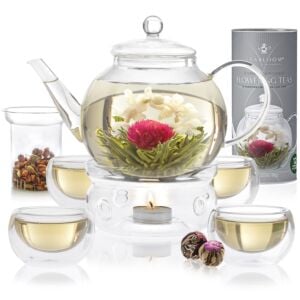

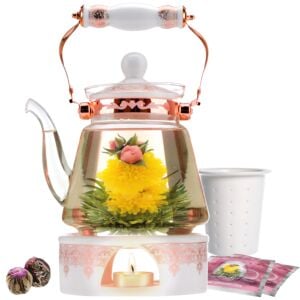
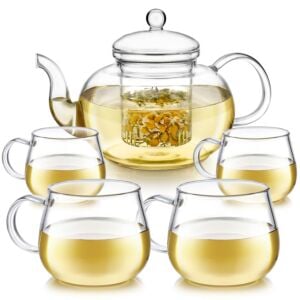
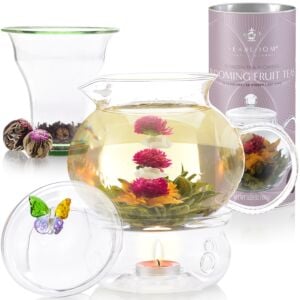
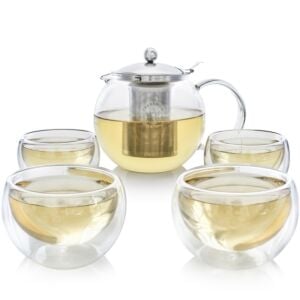
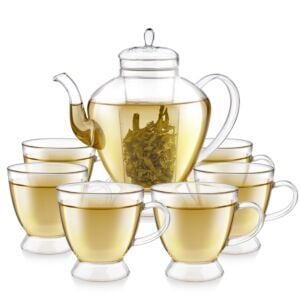
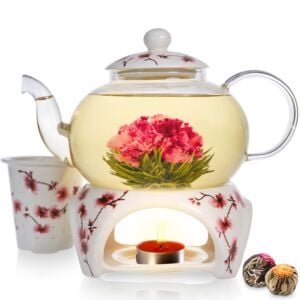
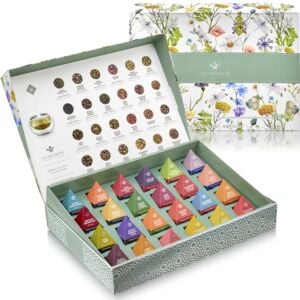
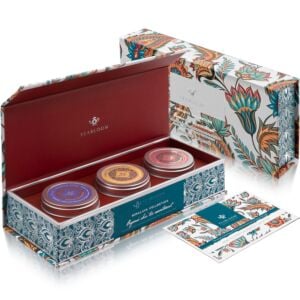
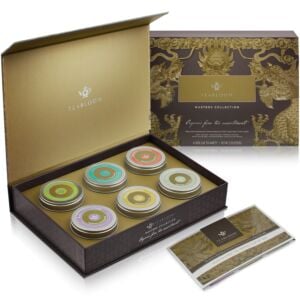
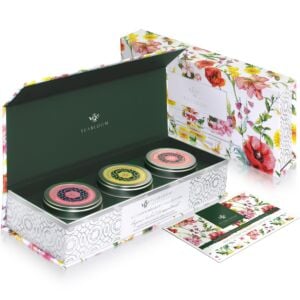
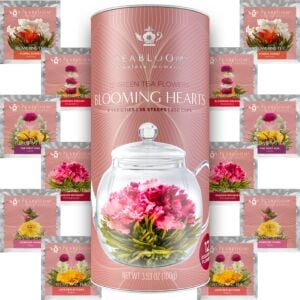
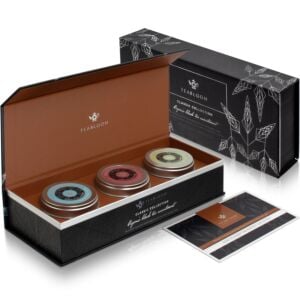
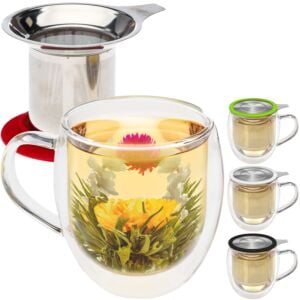

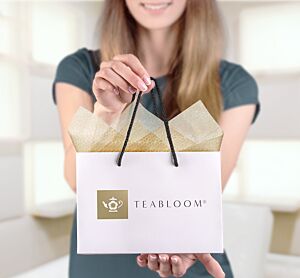
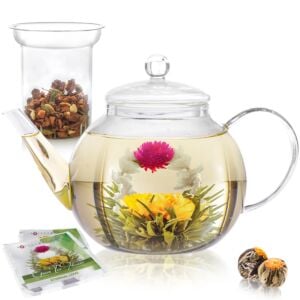
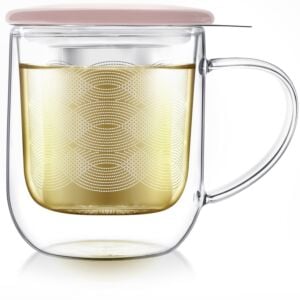

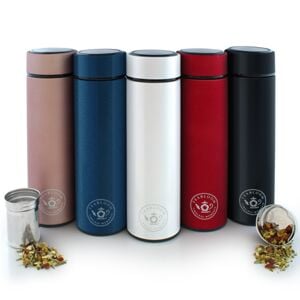
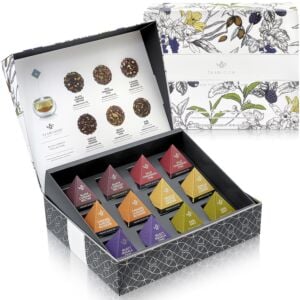
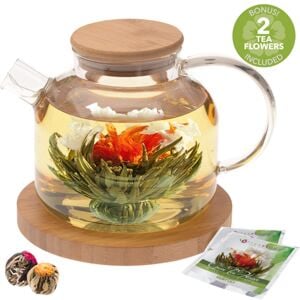
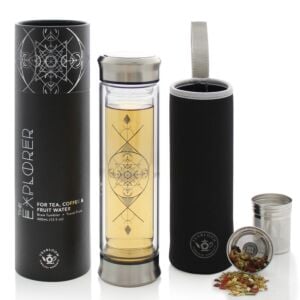
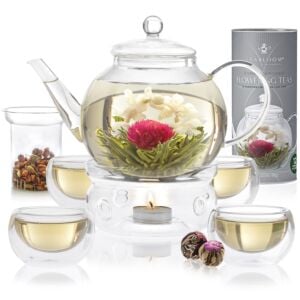
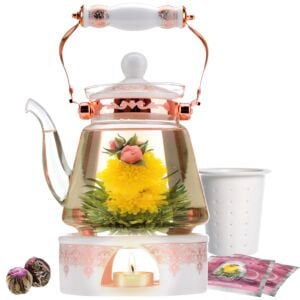
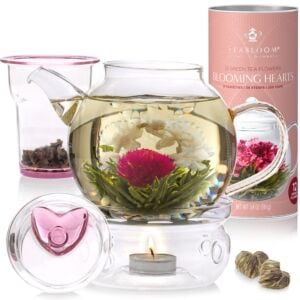
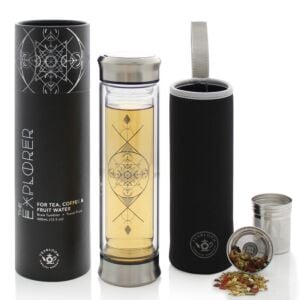
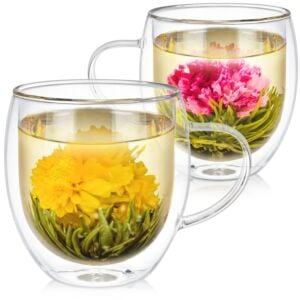
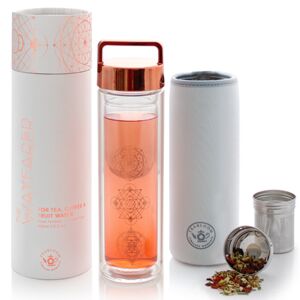
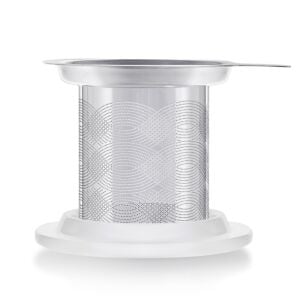
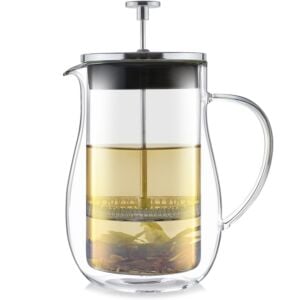
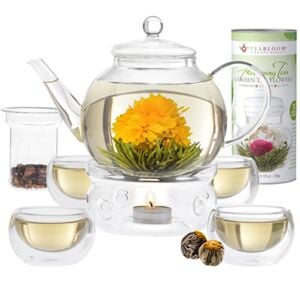

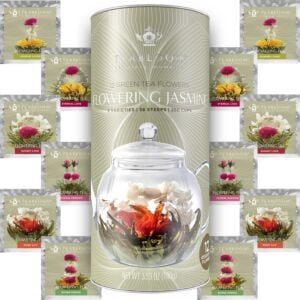

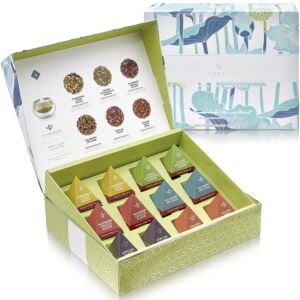
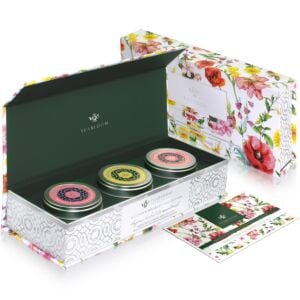
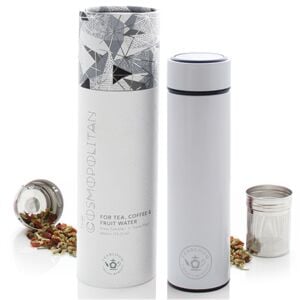

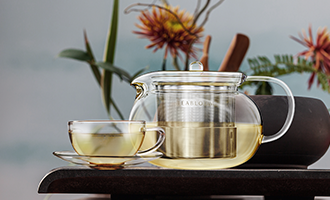
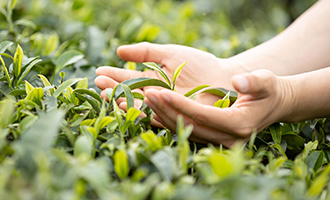
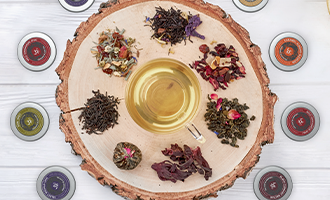
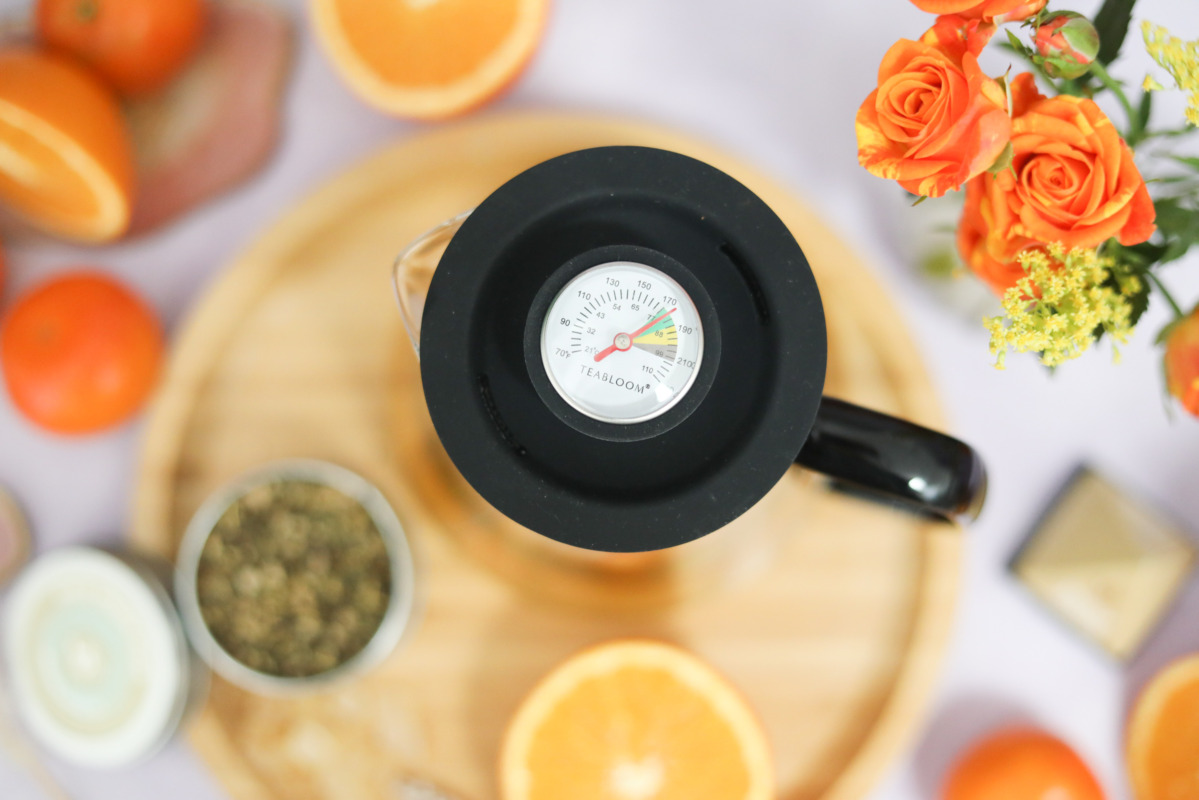


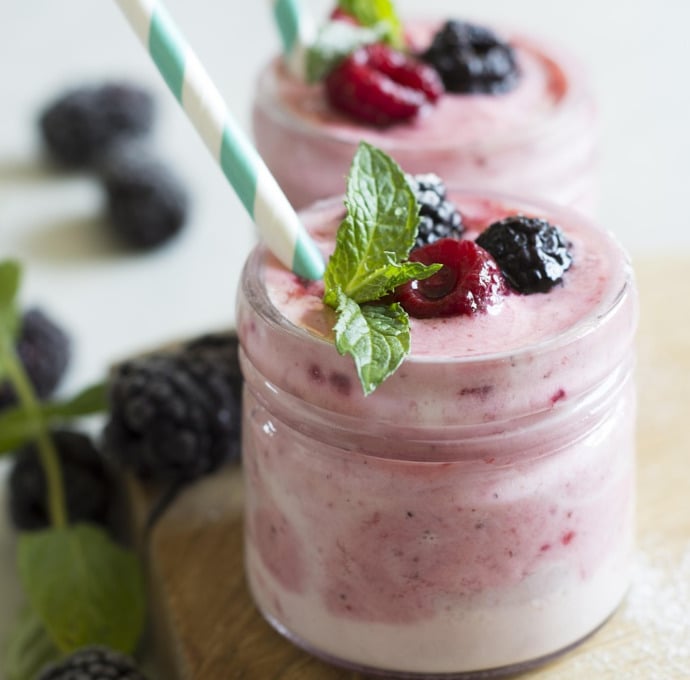
1 Comment
Share your thoughts